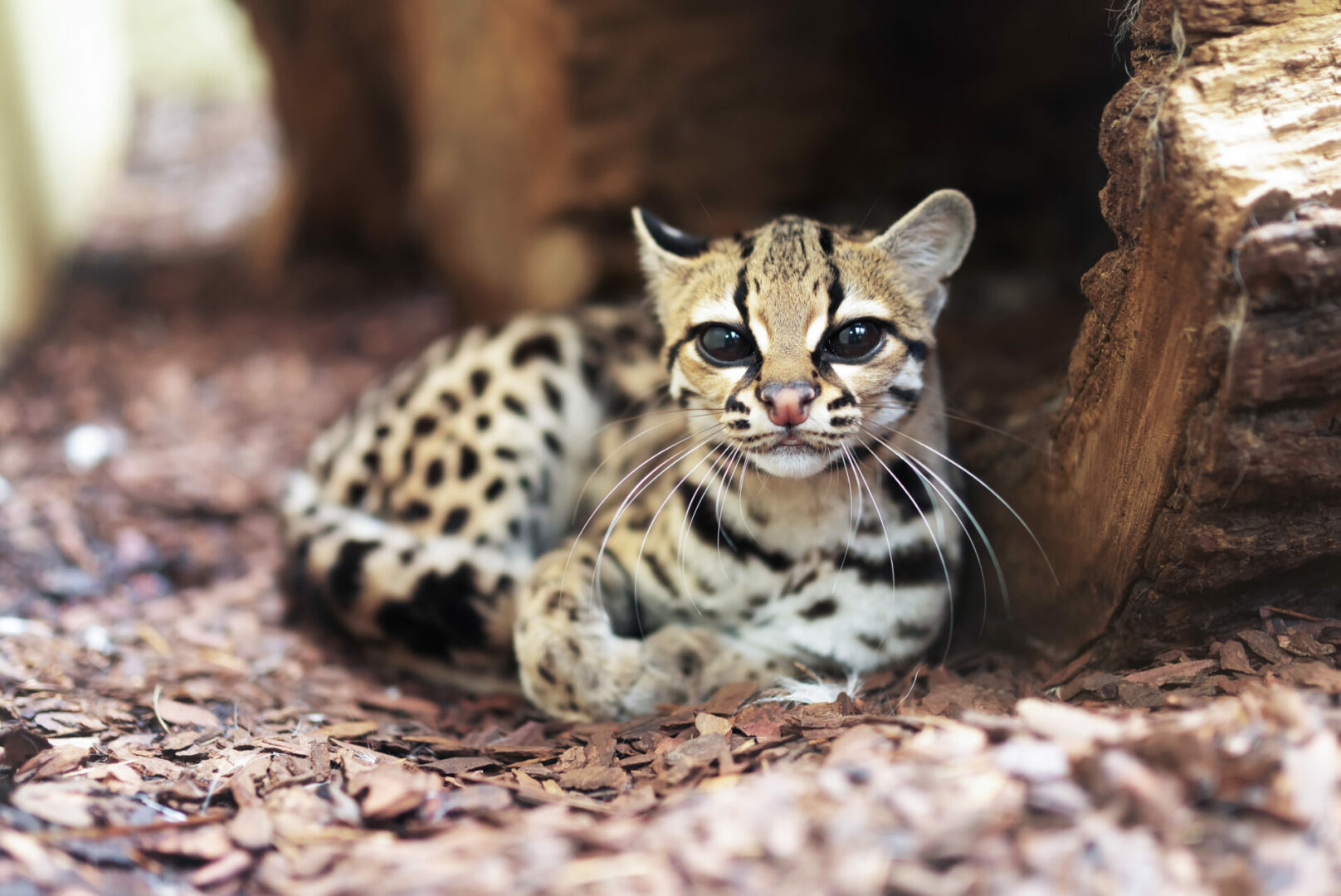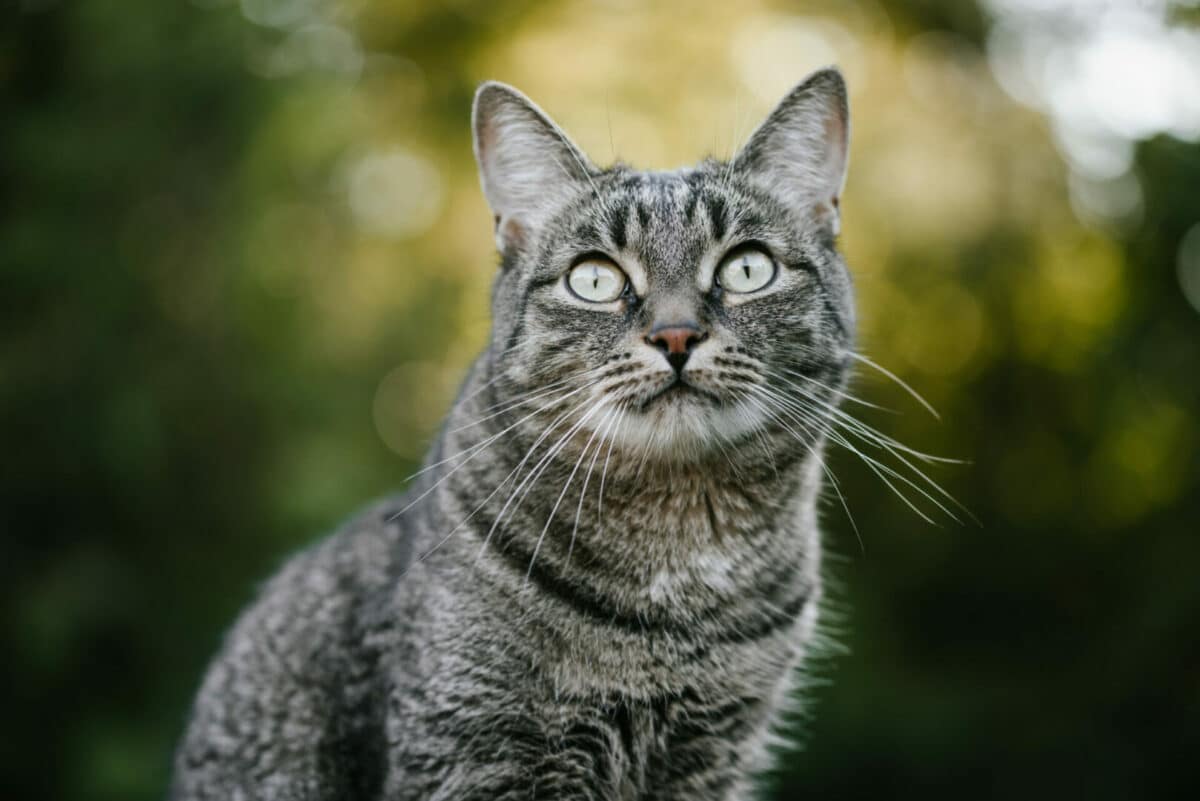When it comes to cats, they are loved by millions of people across the globe. A popular pet worldwide, the domestic cat is present in all contents excluding Antarctica, and can even be found in some of the most remote regions of the world. The evolution of cats is unquestioned, and it’s easy to see why these animals are so loved by many.
Around 9,000 years ago, this is the time when people started living with cats, but it wasn’t till about 4,000 years ago that humans started to tame them in hopes of domestication. While no one can argue that cats aren’t tamed, scientific evidence shows us that cats are not completely domesticated—only semi-domesticated. Here’s why.

Cats have retained their natural hunting ability
Cool little cat fact for you, the shape of a cat’s pupil is what determines the time of day in which they will hunt. Our feline friends have eyeslits, whereas big cats like lions and jaguars have round pupils. Because of these eyeslits cats have, it allows them to see very well in low lighting. This additionally explains why cats are crepuscular, not nocturnal. Cats like to hunt in this dawn and dusk time of day because of their eye shape which allows for more successful hunts. The big cats I mentioned above are apex predators, and although our housecats are predators by nature, they are also considered prey animals. This also is the reason why hunting during those low-lit hours is more appealing to them because it allows them to sneak around unseen.
Cats have retained much of their aloof nature
Recently I wrote on the topic of the scientific reasons why we are drawn to cats, and one of the reasons I uncovered was that we are drawn to the aloof nature of cats. Specifically, in the way that a cat’s affection is often earned and not given.
Melinda Zeder, an archeologist at the Smithsonian Institution, shared with the New Yorker that,
“Cats are domesticated… But I think what confuses people about cats is that they still carry some of the more aloof behaviors of their solitary wild progenitors. Sometimes they don’t give a damn about you, but they are very much part of your niche. Cats have us do everything for them. We clean their litter, stroke them, and admire them, but, unlike dogs, they do not have to constantly please and satisfy our needs. They are probably the ultimate domesticate.”

In actuality, there is little genetic difference between the DNA of a wild cat and a house cat
You don’t need to worry that your cat is going to eat you as a snack when you go to sleep tonight after reading that sentence. But, the truth is, the DNA of our feline friends and wild cats is actually quite similar. And because of this close connection, scientists have even suggested that cats are only as domesticated as they want to be. This explains our cats’ obsession with hunting everything from live prey to toy prey, and all the odd behaviors in between. Science tells us that there is little difference between house cats (Felis Catus) and their wild cat cousins (Felis silvestris). Differing from Ms. Zellner’s opinion above, Wes Warren, Ph.D., associate professor of genetics at The Genome Institute at Washington University in St. Louis, told Smithsonian Magazine, “We don’t think they are truly domesticated” and specifically referred to our house cats as “semi-domesticated.”

Cats were not domesticated the way other animals were
While humans have bred cats over the years for specific coat patterns, etc., the domestication of dogs is vastly different. Dogs have been by humans’ side for far longer than cats, think tens of thousands of years longer, and they rely heavily on the bond they share with humans, and most breeds of dogs would not have the ability to care for themselves in the wild. Your cat, on the other hand, would likely fend for itself just fine should the worst happen and they go missing. Remember, even the most pampered of house cats can be a deadly assassin should they be hungry enough.
The look of canines has drastically been shaped over the past few centuries through various breeding tactics. But when it comes to cats, they are shockingly similar to their wild counterparts, both genetically and physically speaking. The classic signs of animal domestication are not present in cats. These signs are recognized by changes in facial structure, reduction in tooth size, and increased tameness, to name a few.
According to the Library of Congress, domesticated cats all come from wildcats called Felis silvestris lybica that originated in the Fertile Crescent in the Near East Neolithic period and in ancient Egypt in the Classical period. A paleontologist by the name of Claudio Ottoni conducted a study on ‘the paleogenetics of cat dispersal in the ancient world’ and his findings tell us a lot about the cats of today and how they came to be.
He found that cat domestication took place in two strains, but all domestic cats have a common ancestor: the North African / Southwest Asian wildcat, Felis silvestris lybica (Ottoni et al., 2017). By studying ancient cat DNA from all over the world, the researchers found that cat domestication began in the Fertile Crescent (in the Neolithic period) and accelerated later in ancient Egypt (in the Classical period).
Ottoni also discovered that the recessive allele found in most tabby cats today that causes a blotched pattern did not appear in their study until the medieval period. This suggests that selective breeding for coat color did not appear until the medieval period, much later than the start of cat domestication.

Your cat might be “semi-domesticated” but they enjoy having you around
All science and history talk aside, your cat enjoys your company and thrives off your presence. Cats are not solitary beings like many of their big cat cousins, and this is why many single-cat household cats can become lonely and depressed if they spend too much time alone or without consistent interaction. A snow leopard might do just fine living elusively in the wild, but your housecat will suffer in solitude. Despite humans’ efforts to domesticate cats, science tells us that, in reality, cats domesticated themselves. This, really, just goes to show you that cats are more intelligent than we give them credit for because they’ve trained us to give in to their every demand, and command, and always captivate our hearts and undivided attention. And, knowing that they’re a bit wild at heart just makes us adore them even more.
